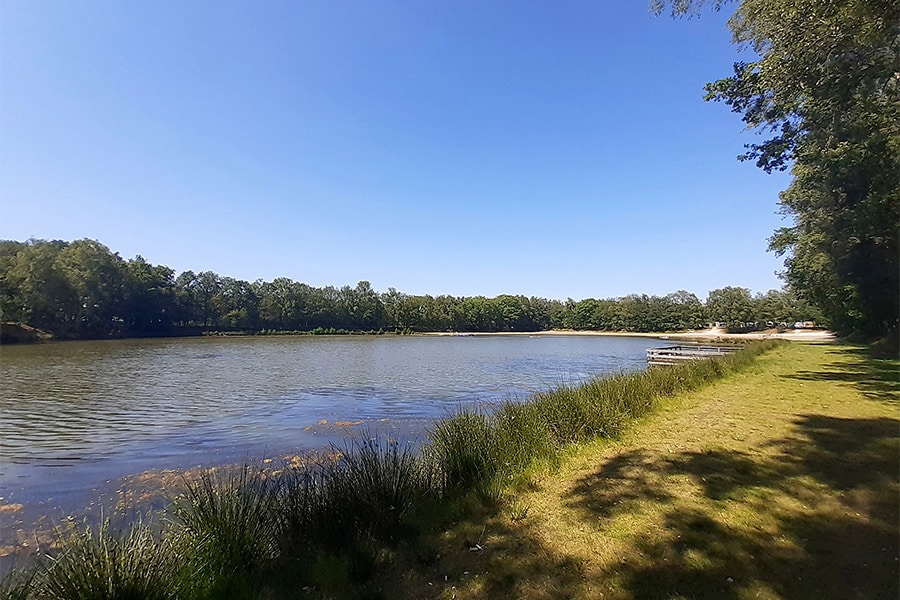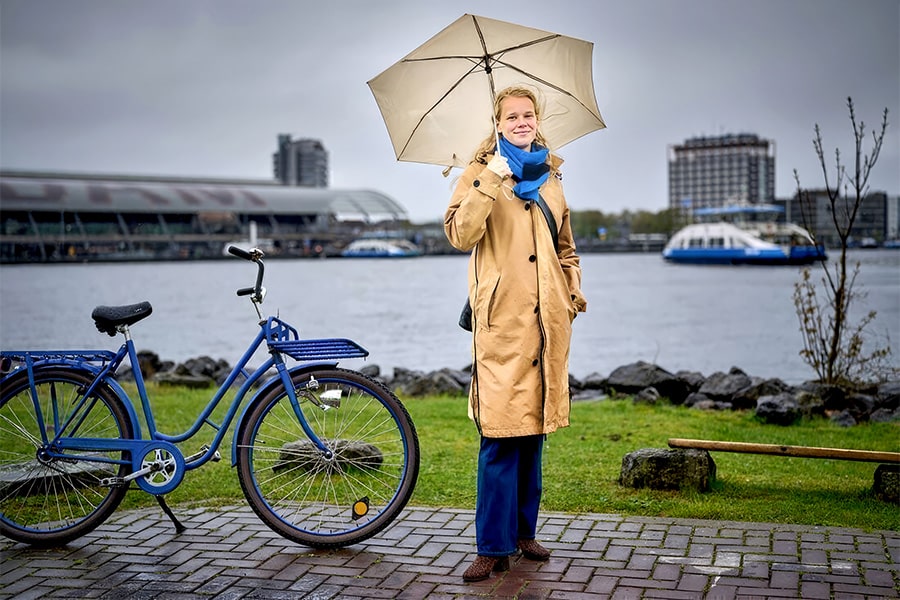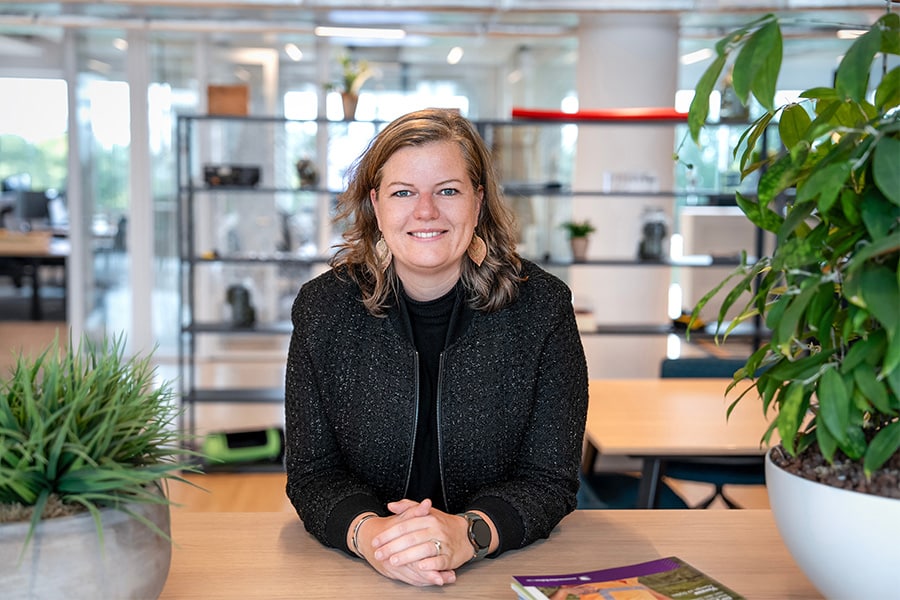
The Pen | 'A nation that lives, builds its future'
The 10th anniversary of this trade magazine is a great opportunity to take a look at where the GWW sector stands anno 2019. The World Economic Forum has an outspoken opinion on this. According to this leading institute, our infrastructure is among the top four in the world this year.
Those who view our country through the eyes of the foreigner understand that admiration. The Netherlands is a veritable open-air exhibition of sustainable civil engineering icons. Beautiful examples of this have also come about in the past decade.
Take for example the land tunnel in the A2 motorway in Maastricht. Since this tunnel opened to traffic in 2016, through traffic no longer pollutes the city. Residential neighborhoods that for years were separated by the A2 have been reconnected. On top of the 2.3-kilometer-long tunnel, a green carpet has now been rolled out with new space for recreation and living.
A second icon for me is the Markerwadden. In September 2018, the first island was opened of an archipelago of islands that provides a healthy habitat for birds, fish and aquatic plants. A fine example of sustainable cooperation between Rijkswaterstaat, Natuurmonumenten and the contractor.
I think a third icon of sustainable innovation is the circular viaduct near Kampen. We developed that viaduct together with the market over the past year and it has now been successfully dismantled. Whereas ordinary viaducts are demolished after 30 to 50 years, the lifespan of this circular viaduct is about six times as long at 200 years.
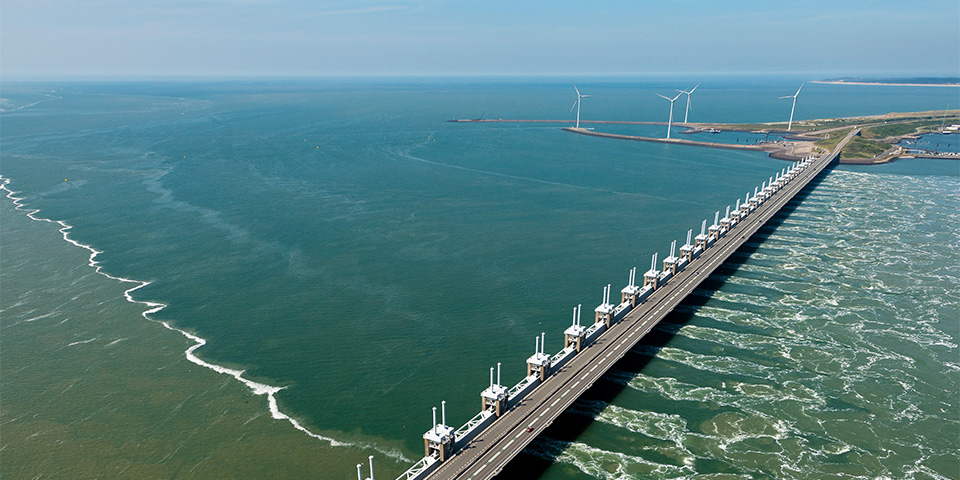
Aerial photo of Eastern Scheldt storm surge barrier, (Image: Thomas Fasting)
Each of these examples shows that working toward a healthy, natural environment has now become an important competence of ours. That knowledge and experience is more valuable than ever in this day and age. Society is changing ever faster and more radically. Consider, for example, the energy transition, population growth, climate change, the government's sustainability ambition and growing mobility. All these developments affect health and the environment and the design of public space.
In the coming decades, our country will also continue to change. Not only to build homes and construct wind and solar farms. But also many extra lanes to solve traffic bottlenecks. As for infrastructure, we will be mostly busy "keeping what we have. Hundreds of bridges, viaducts, locks and dams, need refurbishing or replacement.
That promises to be a big, complicated task. We will be working everywhere, and the Netherlands must not be allowed to become gridlocked. Our challenge is to limit inconvenience to traffic and local residents. In line with the Environment Act, which will come into force in 2010, we will involve citizens even more intensively in every intervention in the living environment.

The statue of Cornelis Lely. The bronze plaque under that monument bears the poignant saying, "A people that lives, builds its future. (Image: Henri Comont)
Moreover, we will have to work in an increasingly climate-neutral and circular way. With the Nitrogen and Pfas issues, we have an enormously complex puzzle to solve. We are doing everything we can to keep the Netherlands moving, but planning infrastructure projects has not become any easier.
So we face a challenging future where not everything can be done in the way we are used to. As a sector, are we prepared for that? I put that question to consulting firm McKinsey in late 2018. 'It can only succeed with a vital, healthy, innovative, sustainable market,' they concluded. That means something for the market sector as well as for Rijkswaterstaat. The sector will have to become more productive and work to reduce failure costs and increase efficiency.
Rijkswaterstaat, too, will have to change in its role as principal. It is time to descend from our ivory tower. We must learn to make the transition from 'a lot on paper to feet in the clay'. Rijkswaterstaat will have to learn to manage projects better and commission more substantively. We also want to invest in other contracts and a better distribution of risks in projects. So that companies working for us get a fair reward for their work.
Moreover, we can benefit much more from new technologies, ICT and data. To make our country more climate-proof, for example. But also to make our infrastructure smarter. Our credo is 'Rejuvenate, renew and make sustainable'. Even when renovating a road, we can make it more sustainable and prepare it for the mobility needs of the future.
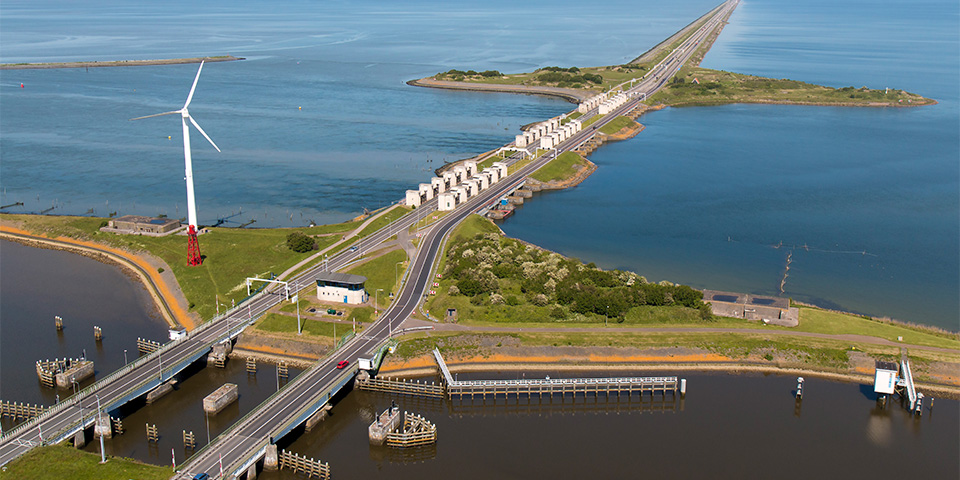
The Afsluitdijk becomes the icon of rejuvenation, renewal and sustainability. (Image: Ivo Vrancken)
This will only succeed if we work together. We will increasingly have to involve other sectors in our work and learn to work in varying compositions. GWW will no longer automatically be the main contractor for large projects. If the task demands it, ICT or electrical engineering companies will increasingly be pulling the cart.
The future tasks, in short, require a transition throughout the construction industry. Both for clients and contractor roles. Meanwhile, I am working with the market on a plan of action. On this basis, I want to grow towards a vital sector that can shape the construction and maintenance task of our country.
However difficult that task may seem: I know it can be done. Indeed, in our country I already see icons that bear witness to those sustainable innovations and innovative collaboration.
I think the renovation of the IJssel bridges on the A12 is a great example of innovative commissioning. Rijkswaterstaat will divide the renovation process into two phases. We won't determine the price for the parts with the most risks until we can properly assess those risks. We will also experiment with portfolio contracts. These offer the sector opportunities to innovate and the possibility of recouping investments across multiple projects.
I think the renovation of the Wantijbrug between Papendrecht and Dordrecht is a prime example of using data and IT in our work. This bridge will be the first to have the new "3B Building Block" built in. The building block makes the bridge smarter and more efficient to operate, manage and keep fault-free. With this new software and hardware, Rijkswaterstaat can also prepare other tunnels, locks and bridges for the future in a standardized way.
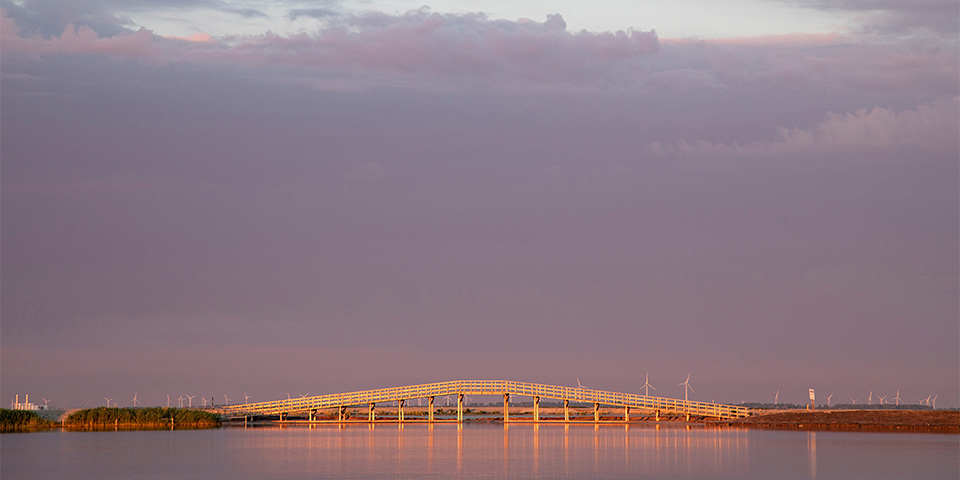
Bridge in the Marker mudflats. (Image: Shutterstock)
And finally, I come to the Afsluitdijk. Until 2022, we are rebuilding this 87-year-old water safety icon into a safe, sustainable, smart dike. The dike will become the icon of rejuvenation, renewal and sustainability. With a new cladding of 75,000 giant concrete bricks, with new, powerful sluices, with a sustainable fish migration river and with techniques to generate energy from seawater.
One thing about the new Afsluitdijk remains unchanged. The statue of the great Cornelis Lely will stand where the dike was once closed. On the bronze plaque under that monument is the poignant saying: 'A people that lives, builds on its future'.
As far as I am concerned, that is the motto that drives us even in these times. Under our hands, the Netherlands will be reshaped in the coming decades. By working together on sustainable innovations, which we carefully incorporate into the living environment of our children and grandchildren.
I wish the Civil Engineering industry a sustainable, challenging future!
Michèle Blom,
Director General of Public Works.
